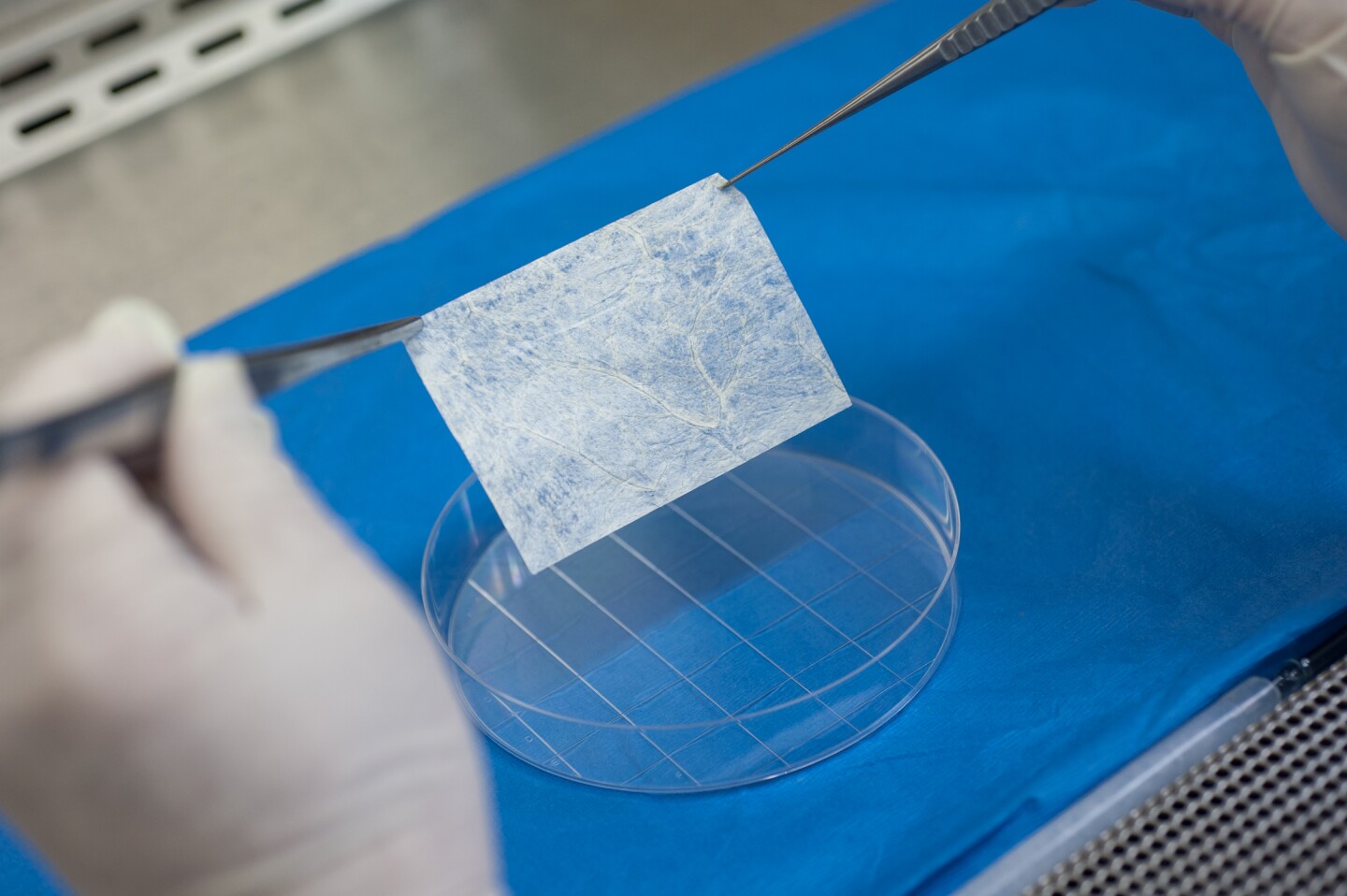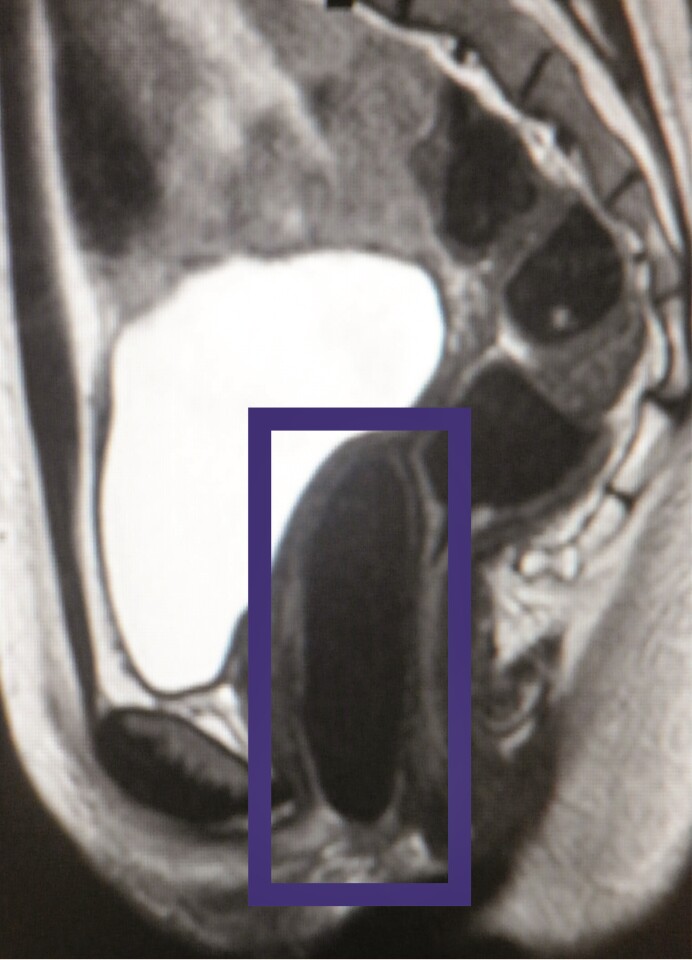Mayer-Rokitansky-Küster-Hauser (MRKH) syndrome is a genetic condition in which girls are born either without a vagina, or with one that's underdeveloped. While there are ways of addressing the situation, they're not without their drawbacks. Now, however, four young women have shown great success with implanted vaginal organs that were grown from their own cells.
All of the test subjects were born with MRKH, and were between 13 and 18 years old when the procedure was performed between 2005 and 2008.
A team from North Carolina's Wake Forest Baptist Medical Center, led by Dr. Anthony Atala, started by harvesting muscle and epithelial cells (the latter of which line cavities within the body) from each girl's existing external genitals. Those cells were then "seeded" into a biodegradable scaffolding-like material, which was hand-sewn into a vagina-like shape that was designed to fit the participant.

About five to six weeks later, the team surgically created a canal in each girl's pelvis, then grafted her custom-fit scaffold into it. From that point on, the cells in the material grew into muscle and epithelial tissue, while neighboring cells also grew into the scaffold, gradually replacing it as it biodegraded into the body.
In the years since, all of the participants have reported for regular follow-up visits. It was found that in all cases, "the engineered vaginas were similar in makeup and function to native tissue," with the scaffolding having developed into regular tri-layer vaginal tissue. Additionally, all of the now-adult test subjects have reported normal sexual function, with pain-free intercourse and feelings of desire.

"This pilot study is the first to demonstrate that vaginal organs can be constructed in the lab and used successfully in humans," said Atala. "This may represent a new option for patients who require vaginal reconstructive surgeries. In addition, this study is one more example of how regenerative medicine strategies can be applied to a variety of tissues and organs."
With traditional MRKH treatments, which include the surgical construction of vaginas using skin grafts, there is often no muscle tissue in the resulting organ, plus complications such as a narrowing of the vagina can occur.
A paper on the Wake Forest research was published today in the journal The Lancet.











